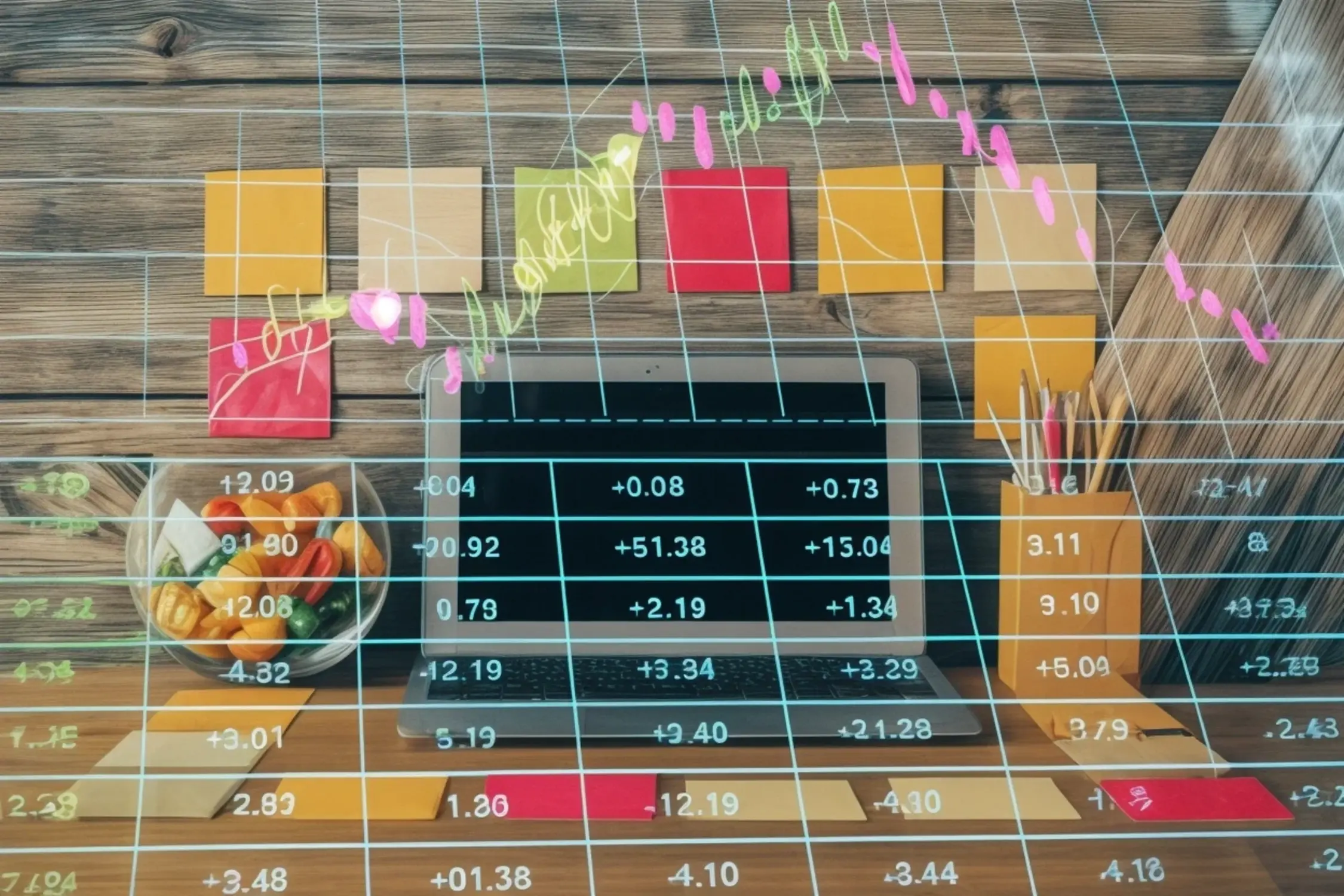The Hidden Truth About Retail Earnings and Economic Indicators
Retail earnings hold crucial insights into market health and consumer behavior, making it imperative to grasp their interplay with economic indicators today. Understanding these dynamics can help us navigate uncertainties in the U.S. economy and improve retail performance strategies.
Impact of Retail Earnings on Economic Indicators
Retail earnings serve as a bellwether for broader economic trends. When retail companies report strong earnings, it often signifies robust consumer spending, which correlates positively with economic health. Conversely, weaker earnings can indicate a downturn in consumer confidence or economic challenges. According to analysts, retail performance can often predict future economic conditions because consumer spending accounts for approximately 70% of the U.S. economy. A significant increase in earnings typically suggests that consumers are willing to spend more, while downturns may hint at economic contraction.
Understanding leading economic indicators tied to retail performance is crucial. One important factor is the Consumer Confidence Index (CCI). A high CCI suggests that consumers feel secure, which usually leads to increased spending. Additionally, inventory levels reported by retailers also act as a crucial indicator; high inventory levels might signal a slowdown in sales, predicting lower retail earnings in the future. As recent reports indicate, the relationship between retail earnings and economic indicators is complex but deeply intertwined.
Current Challenges Facing Retail Performance
The landscape of retail performance faces several challenges today. One of the primary concerns is supply chain issues that have plagued the industry, stemming from the pandemic’s impact. Delays and shortages lead to lost sales opportunities, ultimately affecting earnings. For example, retailers frequently report that they cannot keep products in stock, directly impacting their bottom line.
Inflation further complicates matters by eroding consumer purchasing power. As prices rise, consumers may prioritize essential items over discretionary spending, which significantly affects retailer earnings. Recent economic analysis shows that inflation has forced many consumers to change their shopping habits. In tandem with these challenges, shifts in consumer preferences post-pandemic—such as a preference for online shopping—also play a significant role in retail performance. Retailers are increasingly investing in e-commerce capabilities to adapt to these changing behaviors.
Recent Trends in Retail Earnings Metrics
Monitoring retail earnings requires understanding three key metrics: same-store sales, earnings per share (EPS), and gross margin. Each of these indicators provides insights into different aspects of retail performance. Same-store sales reveal growth in existing stores, while EPS demonstrates profitability on a per-share basis, crucial for assessing a company’s overall health. Monitoring gross margin, which highlights profitability before overhead costs, can also shed light on pricing strategies.
Seasonal trends are another crucial factor, especially during peak shopping periods like holidays. Retailers need to be agile and responsive to unexpected shifts in earnings during these times. For instance, e-commerce growth has surged, affecting traditional retail dynamics. As online shopping becomes more prevalent, store-based retailers must strategize to remain competitive and maintain their earnings.

Economic Indicators to Monitor Closely
Several economic indicators are pivotal for understanding retail earnings. One of the most critical is the unemployment rate. A lower unemployment rate generally correlates with increased consumer spending, bolstering retail earnings. On the contrary, higher unemployment can signal economic problems, leading to decreased consumer spending. The relationship between these indicators shows how interconnected retail performance is with broader economic conditions.
In addition to the unemployment rate, the Consumer Confidence Index (CCI) can significantly impact retail earnings. A rising CCI suggests that consumers are more inclined to spend, which ultimately drives retail sales. Conversely, when the CCI declines, it may indicate economic uncertainty, prompting consumers to save rather than spend, which can drastically affect retail earnings.
Strategies for Optimizing Retail Performance
To navigate the current market conditions, retailers must adopt innovative strategies. One actionable step is leveraging data analytics to understand consumer behavior better. By analyzing purchasing patterns, retailers can tailor their offerings and marketing strategies to meet consumer demands.
Additionally, introducing omni-channel retailing can enhance customer engagement and drive sales across multiple platforms. For instance, a seamless shopping experience whether online or in-store is now crucial. Retailers should not just focus on one channel but integrate them effectively to optimize their retail performance. As industry experts suggest, the future hinges on agility and the ability to adapt quickly to market changes.
The Future of Retail in a Changing Economy
Looking ahead, predictions for retail earnings suggest a mixed bag amid looming economic challenges. As consumers navigate inflation and shifting preferences, retailers must anticipate changes in demand. Economic policies also play a significant role; stimulus measures can support retail performance during downturns.
Moreover, technology will be a driving force shaping retail’s future. From artificial intelligence improving inventory management to augmented reality enhancing the shopping experience, innovation will be critical for survival. The evolving landscape calls for constant adaptation, and those who can leverage technology effectively will likely lead the retail sector into a prosperous future.










